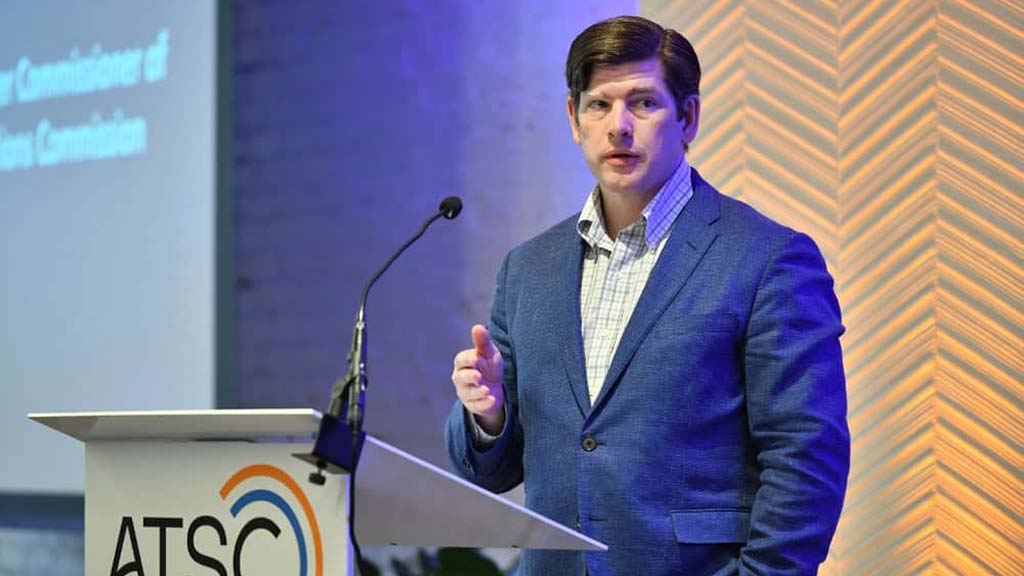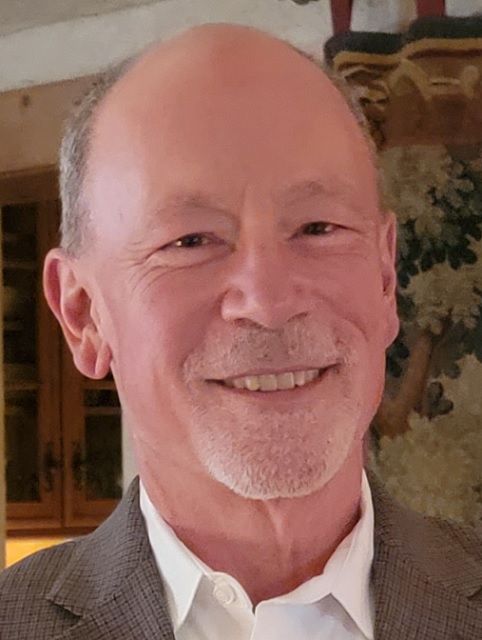‘Toothpick’ to Titan
New FCC would be well-served to help broadcasters make hay in datacasting

Who knew that former FCC Commissioner Nathan Simington could be so quotable? But he let some doozies fly June 12 at the 2025 ATSC Meeting and NextGen Broadcast Conference in Washington, D.C., that one can only hope reflects the future direction of the reconstituted commission.
Looking down the road at the broadcast business, Simington said he sees datacasting as a means for broadcasters to get into the business of connectivity in a big way.
“You’ve got three legs of the stool right now: You’ve got connectivity, which is more like a toothpick than a leg; you’ve got ad sales; and you’ve got retrans,” he said. “With the pressure on others, the connectivity business is the only one that has a clear engineering advantage over any plausible entrant.”
Highlight, underscore and boldface that critical clause: “the connectivity business is the only one that has a clear engineering advantage over any plausible entrant.”
Whether that’s connectivity to back up GPS data from vulnerable satellites, connectivity to reach internet of things (IoT) devices simultaneously with a single transmission or connectivity to offload certain traffic from unicast wireless networks, broadcasters have a technical advantage upon which they must capitalize.
What makes the (now) former commissioner’s ATSC keynote even more powerful is that elsewhere he demonstrates a clear understanding of what connectivity and datacasting can mean to the health of the broadcast business.
“Long-term, I look at datacasting as enabling broadcasters to switch their primary source of revenue from connectivity and away from ad sales,” he said. And elsewhere in the speech, he said, “There’s really no option but to allow datacasting to flourish.”
The professional video industry's #1 source for news, trends and product and tech information. Sign up below.
All of this should be music to the ears of Conrad Clemson, the new CEO of EdgeBeam Wireless, the datacasting joint venture of four major broadcast groups. It should be the same for any broadcaster who recognizes the competition for ad spend only gets stiffer with each passing quarter or wonders how long the retrans gravy train can continue as cord-cutters chip away at MVPD subscriptions.
As this is being written, Olivia Trusty, a Republican, has been sworn in as FCC commissioner, joining FCC Chairman Brendan Carr, a Trump nominee confirmed in 2017 and named chair with the incoming administration, and Democrat Anna Gomez.
Even with Trusty now on board, the agency is still two commissioners short—and perhaps most importantly, one shy of a quorum—one can only hope that eventually it will be constituted of members who see things a bit more like Simington and a bit less like former Chair Jessica Rosenworcel.
Three short years ago, Rosenworcel told an NAB Show audience that ATSC 3.0 was “the right framework for right now” and that the “voluntary market-based” transition—with no new channel assignments for simulcasting as was done during the analog-to-digital transition—gives “broadcasters the opportunity to experiment with this technology [3.0], develop use cases and try to figure out what use cases work at scale.”
Even if one were to accept that ATSC 3.0 at that time was enabling broadcasters to experiment—something that would have surprised major TV manufacturers committed to NextGen TV—it’s clear that the use case testing phase is over, and it’s time to clear the way to let that toothpick grow into a titan.
Phil Kurz is a contributing editor to TV Tech. He has written about TV and video technology for more than 30 years and served as editor of three leading industry magazines. He earned a Bachelor of Journalism and a Master’s Degree in Journalism from the University of Missouri-Columbia School of Journalism.

